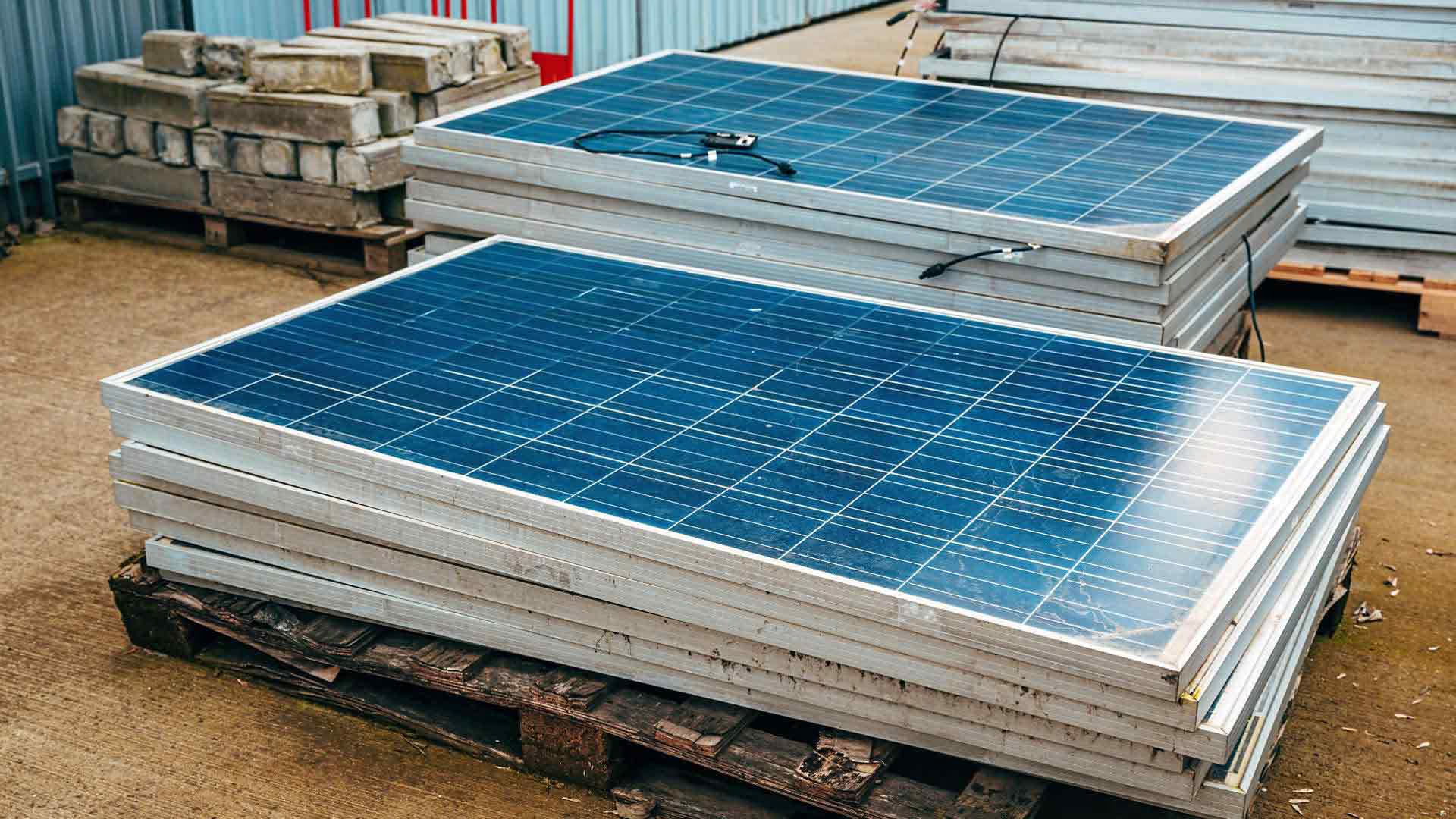
Sustainability
How to improve solar panel recycling
As solar panel usage increases, researchers are looking for new methods to tackle PV waste.
Read CAS InsightsAccelerating your scientific progress by revealing unique connections and perspective at the intersection of science, technology, and innovation.
























